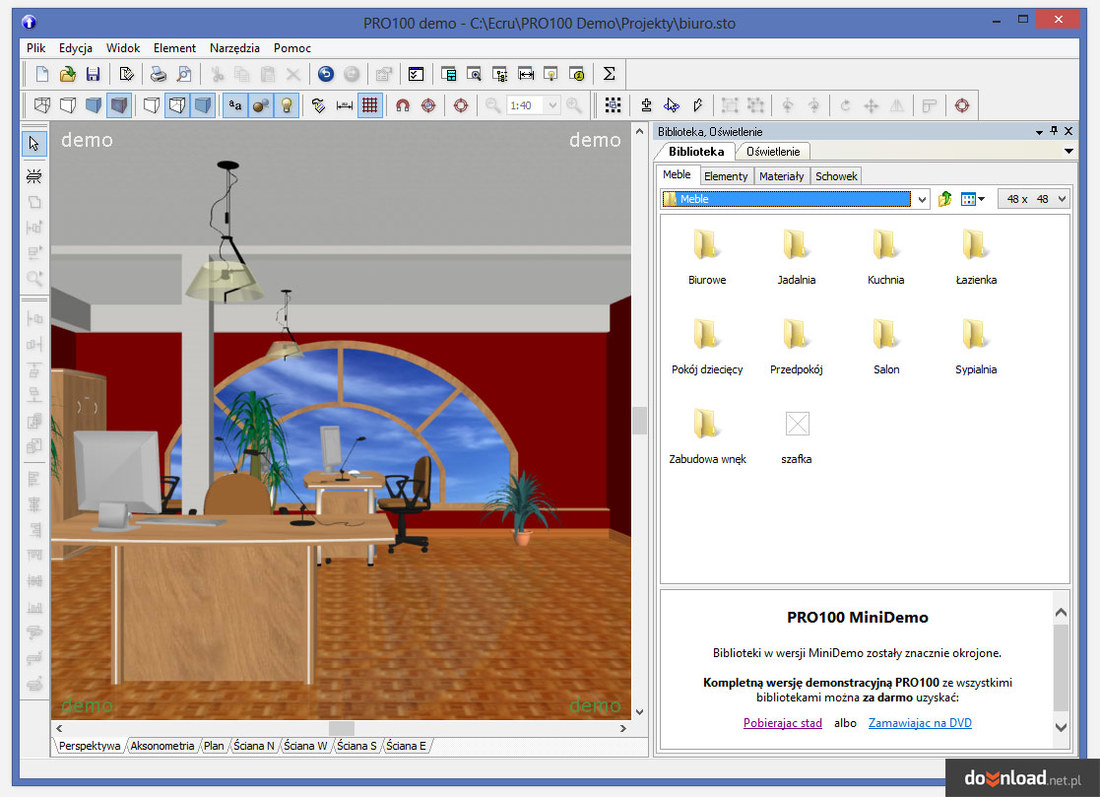
This ‘first-step’ interaction orients the N-terminal region of peptides towards the J-domain of receptors, thus resulting in a ‘second-step’ of ligand-receptor interaction that activates the receptor. The C-terminal region of peptides first binds to the N-domain of receptors.

The upper parts of the TMs and ELs form the J-domain of receptors. In addition, these receptors have a long extracellular N-domain and an intracellular C-tail. Family B GPCRs are proteins that span the plasma membrane seven times, thus forming seven transmembrane domains (TM1-TM7) which are connected to each other by three extracellular (EL) and three intracellular (IL) loops. Obtaining structural and functional information on family B GPCRs will accelerate the development of novel drugs to target these receptors.

Alterations in family B GPCR-regulated homeostatic mechanisms may cause a variety of potentially life-threatening conditions, signifying the necessity to develop novel ligands targeting these receptors. This device is not, and may not be, offered for sale or lease, or sold or leased, until authorization is obtained.Family B of G-protein-coupled receptors (GPCRs) and their ligands play a central role in a number of homeostatic mechanisms in the endocrine, gastrointestinal, skeletal, immune, cardiovascular and central nervous systems.

Battery tests are conducted using specific Apple Vision Pro units actual results may vary. Battery life depends on device settings, usage, network, environmental conditions, and many other factors. Tested with Wi-Fi associated to a network. FaceTime tested between two Apple Vision Pro units with Personas enabled. Internet browsing tested using 20 popular websites. Video playback tested in conjunction with an Environment, using 2D movie content purchased from the Apple TV app. Testing consisted of full battery discharge while performing each of the following tasks: video playback, internet browsing, spatial video capture, and FaceTime.


 0 kommentar(er)
0 kommentar(er)
